Lehigh University
Office or Center Name Here
2021 Fazlur R. Khan
Distinguished Lecture Series
Honoring a legacy in structural engineering and architecture
Distinguished Lecturers |
||||
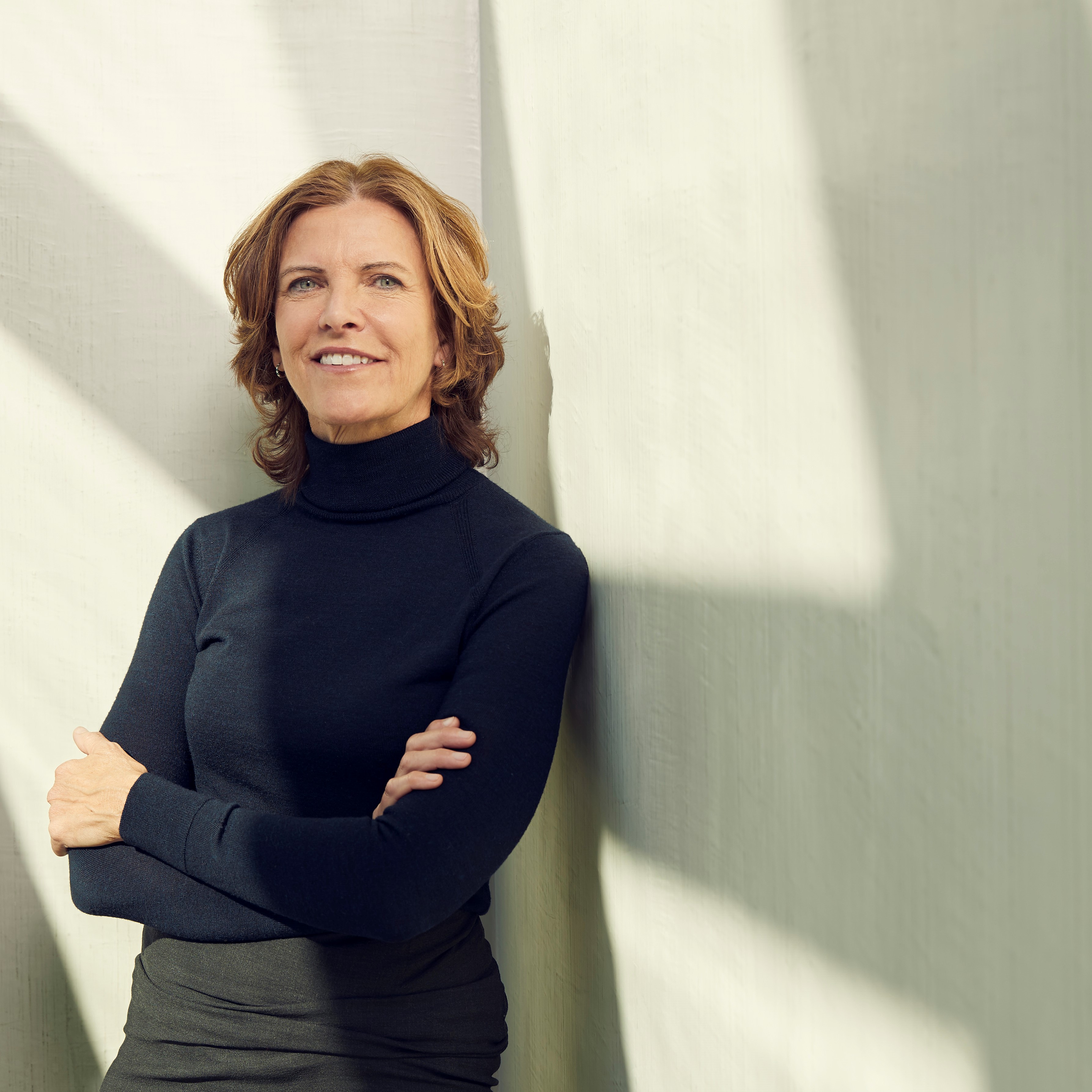 |
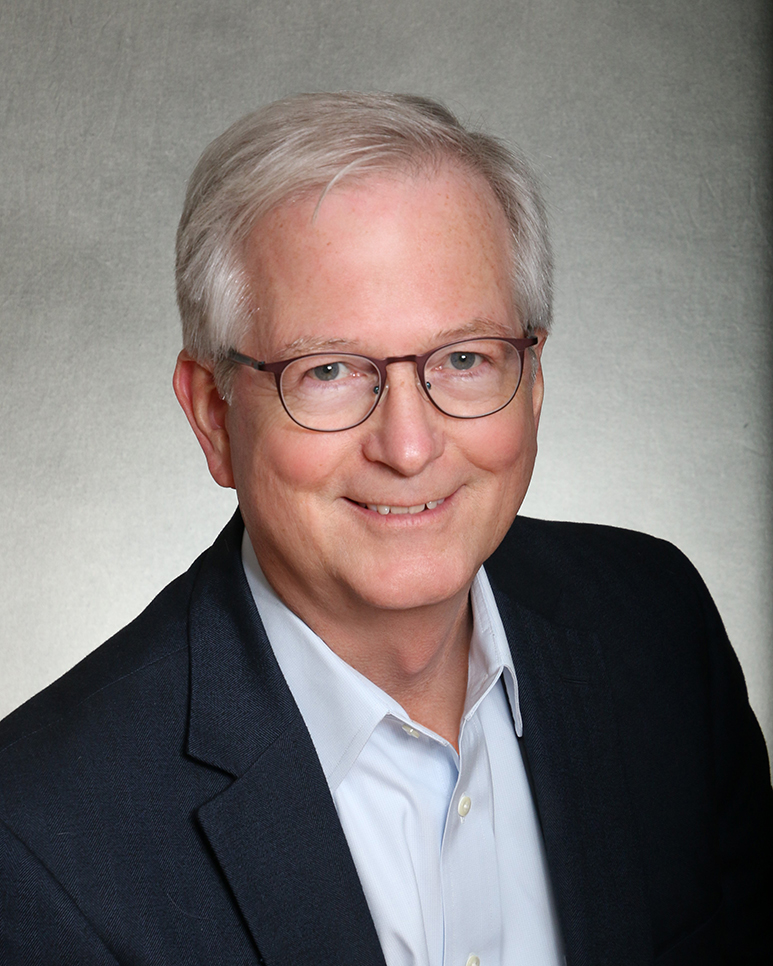 |
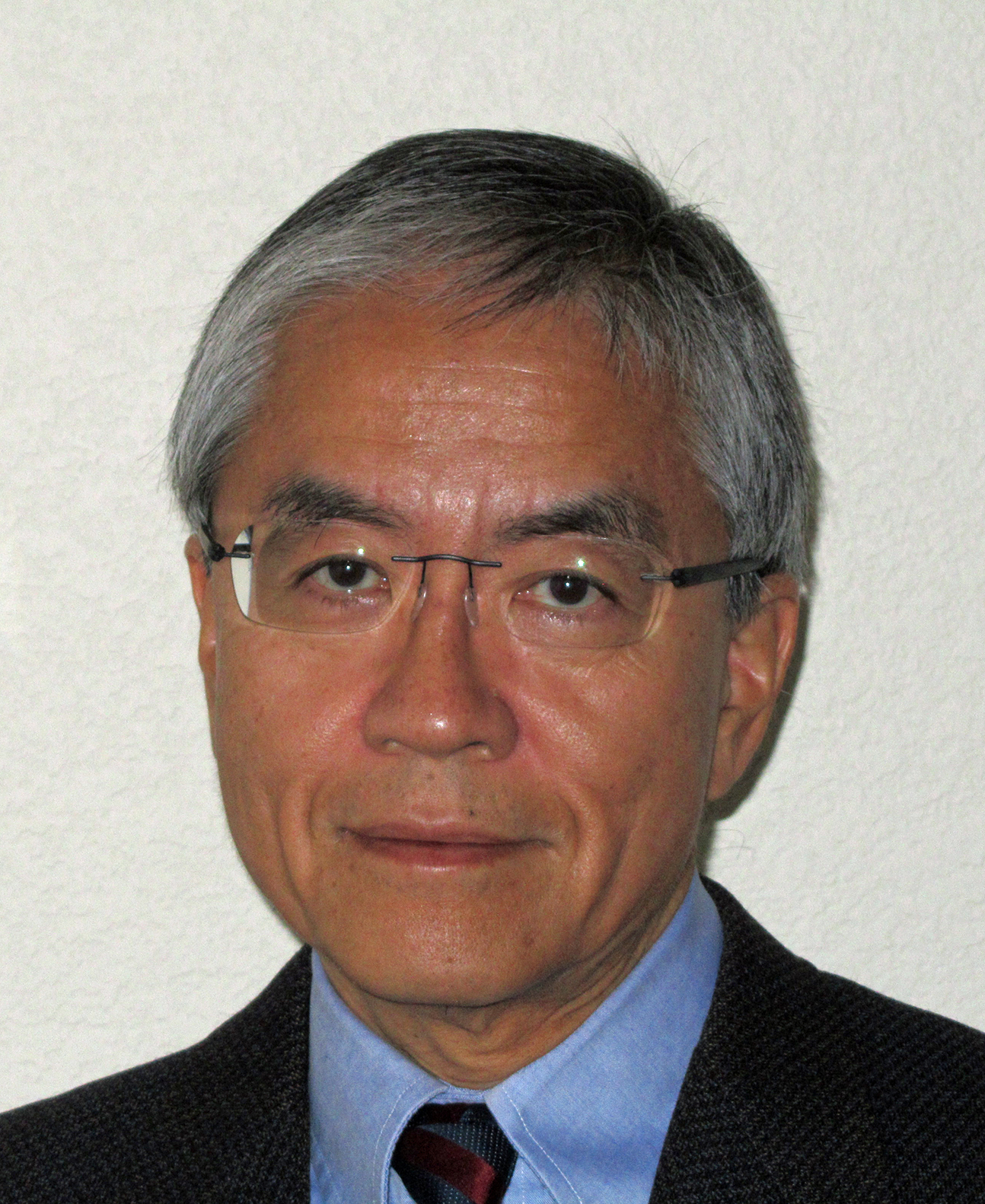 |
||
| JEANNE GANG Founding Principal and Partner Studio Gang |
JACK MOEHLE Professor of the Graduate School University of California at Berkeley |
P. BENSON SHING Professor, Department of Structural Engineering University of California, San Diego | ||
| Crossing Domains | Performance-based Seismic Design of Tall Buildings | Understanding the Seismic Performance of Structural Systems through Large-scale Experiments and Computational Simulations | ||
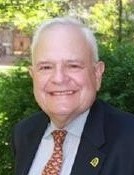 |
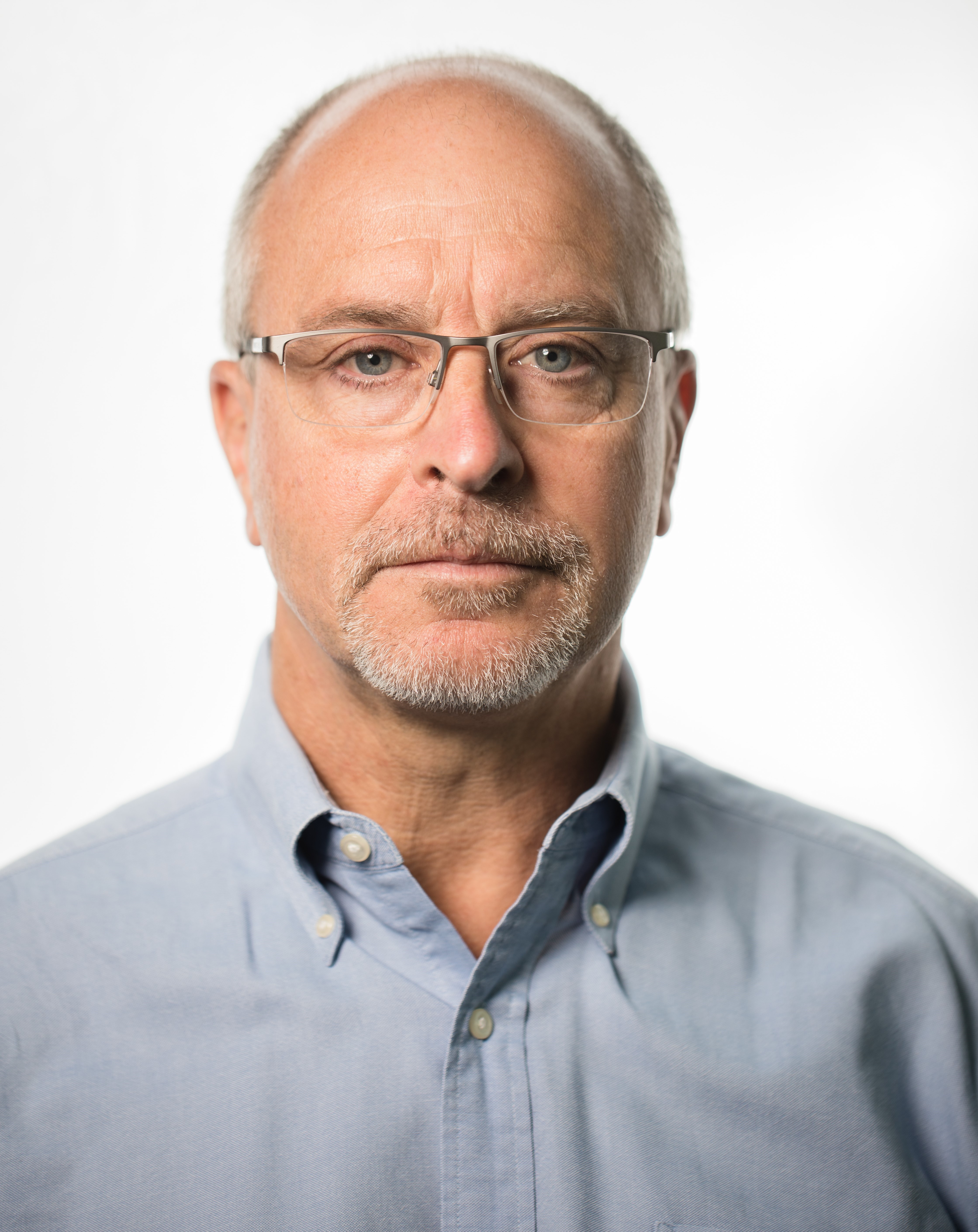 |
|||
PHILLIP L. GOULD
|
RICHARD SAUSE |
|||
| From Slide Rule to FEA: Some Highlights Along the Way | A Research Perspective on Seismic Performance of Steel Building Structures | |||
JEANNE GANG
Founding Principal and Partner
Studio Gang
Crossing Domains
Thursday, February 18, 2021– 4:30 pm
click here to view videoOverview:
Studio Gang’s unique design approach is predicated on interdisciplinary collaboration with expert partners ranging from engineers and ecologists to artists and journalists. In this lecture, Jeanne will discuss how this deep and sustained engagement across fields has resulted in the material, spatial, and aesthetic innovations that define award-winning projects like the supertall St. Regis Chicago tower, the city’s third tallest building, and the Arcus Center for Social Justice Leadership, which unites traditional cordwood masonry practices with contemporary design and building technologies.
MORE DETAILS available on Gang's presentation. (PDF)
JACK MOEHLE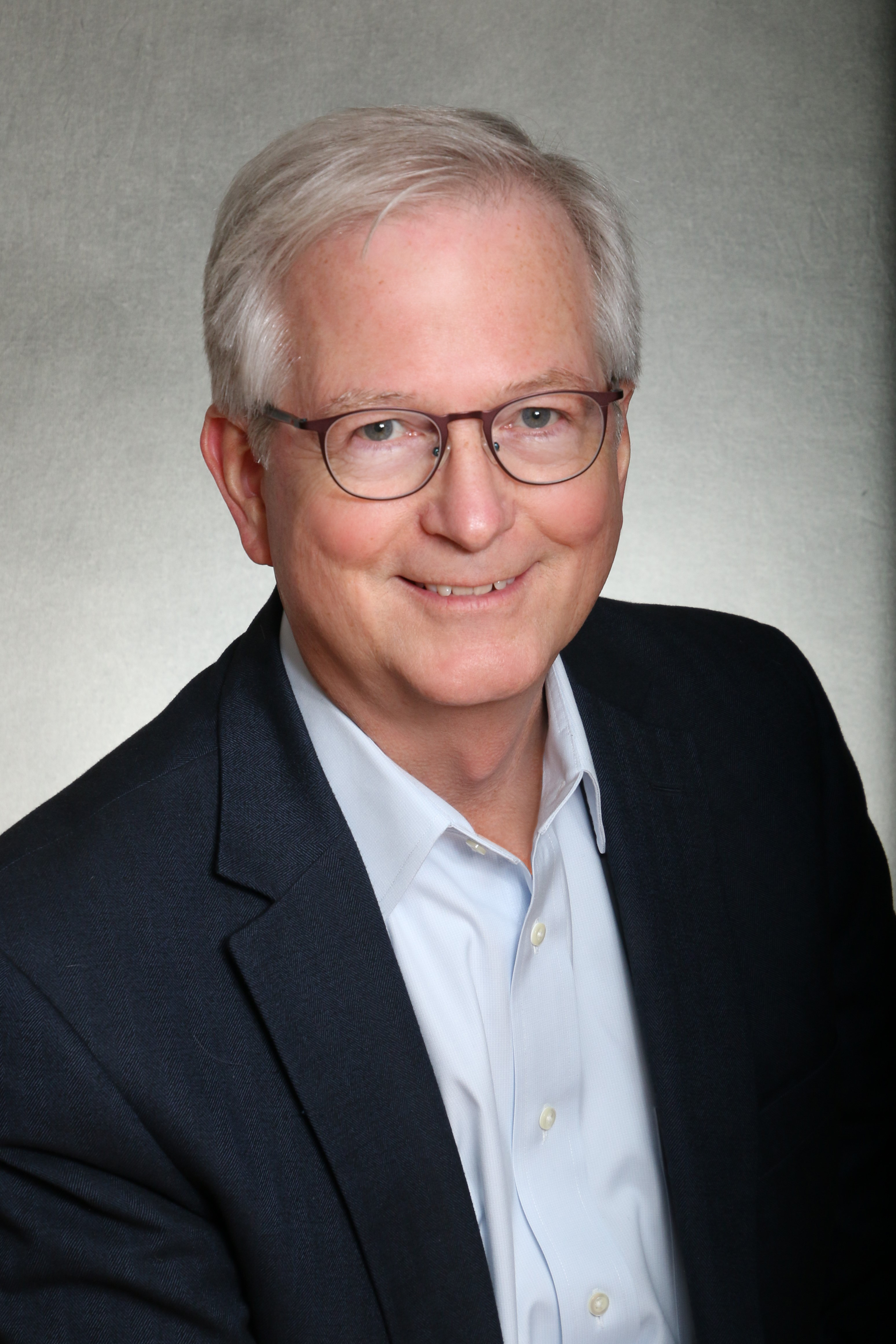
Professor of the Graduate School
University of California at Berkeley
Performance-based Seismic Design of Tall Buildings
Thursday, March 11, 2021– 4:30 pm
click here to view videoOverview:
Performance-based seismic design of tall buildings in the western United States began in earnest shortly after the turn of the 21st century. Although even the first designs were subject to independent peer review, there were no guidelines or accepted criteria for how to conduct and review a performance-based design, with the result that similar buildings were often designed to satisfy distinctly different criteria. Guidelines and building code provisions were soon developed to improve uniformity in design approaches and to foster the adoption of the performance-based approach. This lecture will review the development of performance-based seismic design of tall buildings, document a typical design application, and summarize results of over a decade of experience in tall building designs.
MORE DETAILS availalable on Moehle's presentation. (PDF)
P. BENSON SHING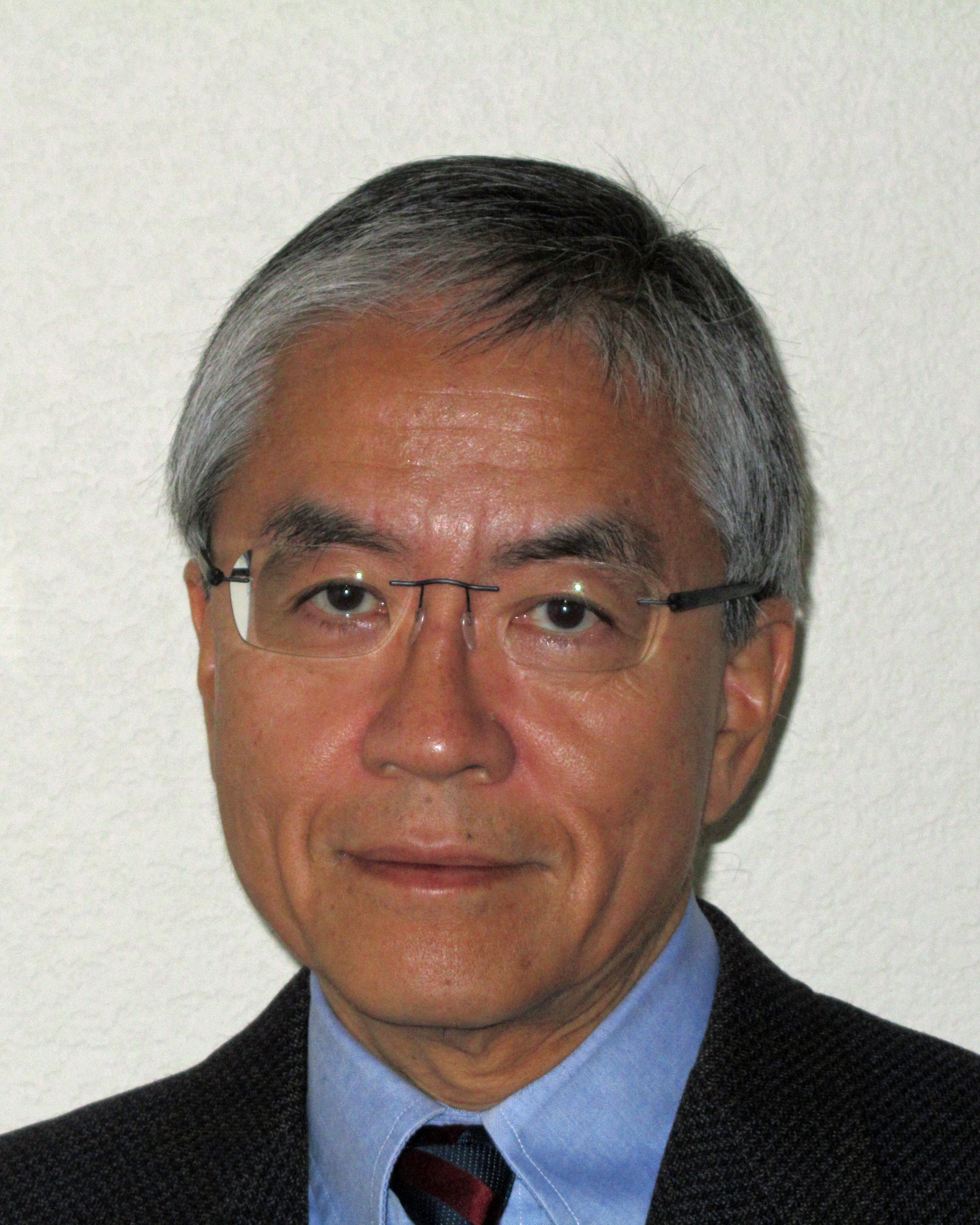
Professor, Department of Structural Engineering
University of California, San Diego
Understanding the Seismic Performance of Structural Systems through Lare-scale Experiments and Computational Simulations
Thursday, April 15, 2021– 4:30 pm
click here to view videoOverview:
The development of design standards for seismic force resisting systems has been relying on data from numerical simulations and laboratory experiments for a long period of time. However, these simulations have often been performed with highly simplified computational models either because of their computational efficiency or because of the lack of more refined modeling options. Moreover, most experimental studies focused on isolated structural elements or subassemblages, which were typically tested to a state of severe damage but not to the point of incipient collapse. It is well recognized that the performance of a structural system in an earthquake depends on how the structural elements interact, which dictates the resulting inelastic mechanisms, as well as on the alternate load paths and redundancy provided in the system. To compensate for the lack of system response data for model validation, design specifications and evaluation criteria often have to have added conservatism. This may not only result in less economical systems but also a lack of uniform safety level across structural materials and systems. To develop reliable performance-based seismic design guidelines, accurate and efficient computational models are essential for predicting the damage states as well as accessing the possibility of collapse of a structural system in an earthquake. Computational modeling of the response of reinforced concrete and masonry structures for such purpose is especially challenging as these structures can develop complex inelastic mechanisms, including the cracking and crushing of concrete/masonry, the yielding, buckling, and fracture of reinforcing bars, and the interaction between the two materials. This lecture demonstrates the importance of structural system testing and refined computational modeling to the advancement of design standards for reinforced masonry structures, and presents some recent work along this direction including major findings.
MORE DETAILS available on Shing's presentation. (PDF)
Phillip L. Gould
Distinguished Adjunct Professor, St. Louis University and Senior Professor, Washington University, St. Louis, MO
From Slide Rule to FEA: Some Highlights Along the Way
Wednesday, October 27, 2021– 4:30 pm
Overview:
Brief comments on the author’s professional career, from an aspiring structural designer of buildings and bridges to further graduate study and then an academic and research career, are offered. Dr. Gould’s subsequent academic and professional activities initially focused on thin -shell analysis, especially the emerging field of hyperbolic cooling towers. The advanced capabilities of the SHORE family of computer programs that were developed in the course of the shell research provided an important tool in the design and explanation of some unique extreme loading situations for both cooling towers and chimneys. As his career progressed, he became very involved in earthquake engineering with strong focus on education and mid-America issues. In the course of teaching graduate subjects, he authored several textbooks and enabled the dissemination of current knowledge as editor of the journal ENGINEERING STRUCTURES.
MORE DETAILS available on Gould's presentation. (PDF)
Richard Sause
Joseph T. Stuart Professor of Structural Engineering; Director, Advanced Technology for Large Structural Systems (ATLSS) Center; Director, Institute for Cyber Physical Infrastructure & Energy, Lehigh University
A Research Perspective on Seismic Performance of Steel Building Structures
Wednesday, November 17, 2021– 4:30 pm
Overview:
Steel buildings designed and constructed in the US and other regions with modern seismic standards are anticipated to perform very well with respect to life safety under the expected earthquake demands. For ground motions at the maximum considered earthquake intensity, the probability of collapse is relatively small; however, the probability of structural and nonstructural damage is relatively large for ground motions with shorter return periods comparable to the expected life of these buildings, so questions about seismic resilience remain. Research to improve steel building seismic performance is ongoing with a focus on reducing damage by reducing global lateral drift, avoiding localization of drift, and reducing accelerations. Recent research results include innovative structural mechanisms, such as self-centering, to permit lateral drift without structural damage, as well as various damping systems to reduce drift. Current research seeks to control distributions of internal forces to minimize drift localization and to reduce accelerations. This presentation provides a perspective on current research questions and research outcomes toward improving steel building seismic performance.
MORE DETAILS available on Sause's presentation. (PDF)
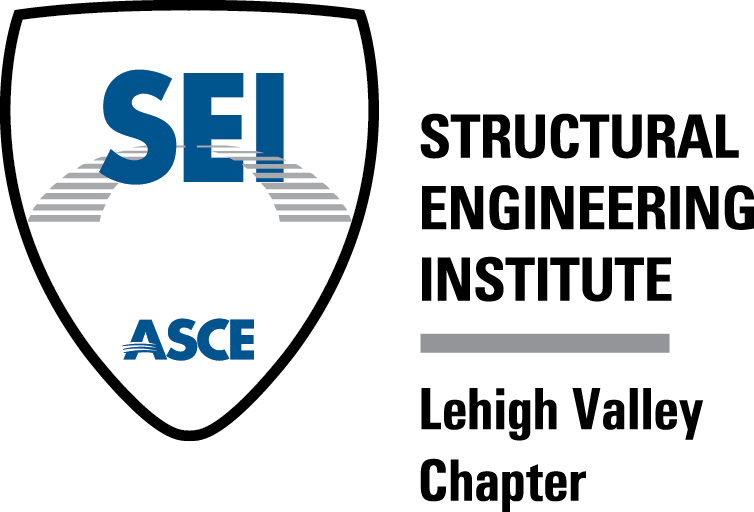 |
|
2021 Spring Fazlur R. Khan Distinguished Lecture Series Poster (PDF)
2021 Fall Fazlur R. Khan Distinguished Lecture Series Poster (PDF)
The Fazlur R. Khan Distinguished Lecture Series has been initiated and organized by Dan M. Frangopol, the first holder of Lehigh's Fazlur Rahman Khan Endowed Chair of Structural Engineering and Architecture.
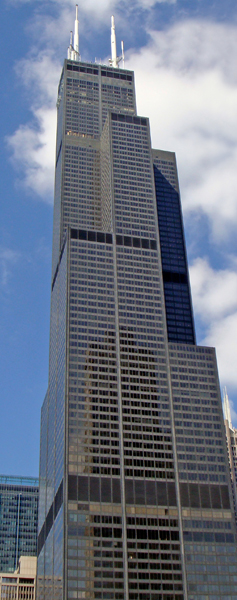
Willis (formerly Sears) Tower
The Fazlur R. Khan Distinguished Lecture Series honors Dr. Khan’s legacy of excellence in structural engineering and architecture.